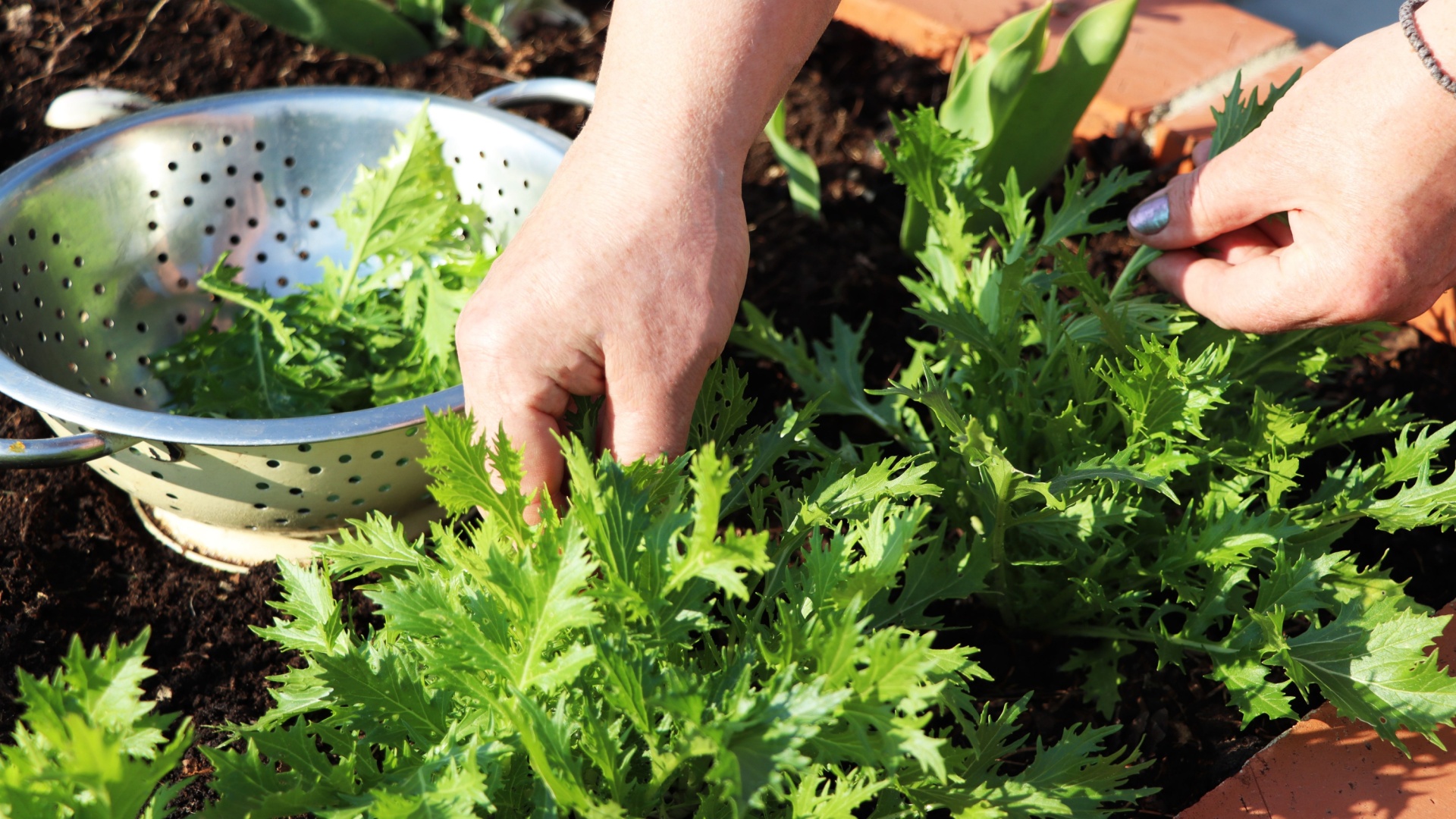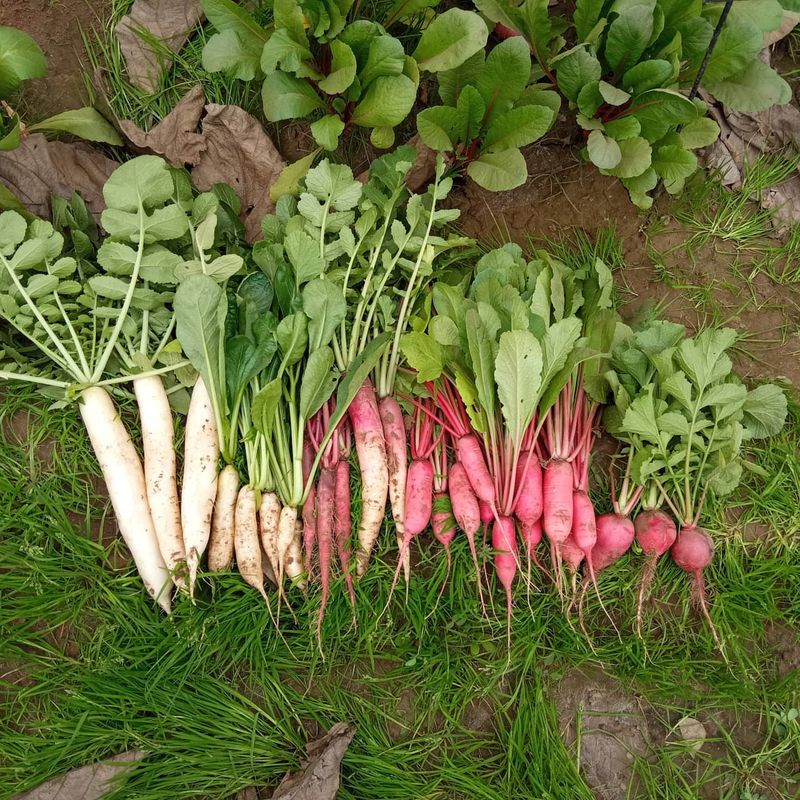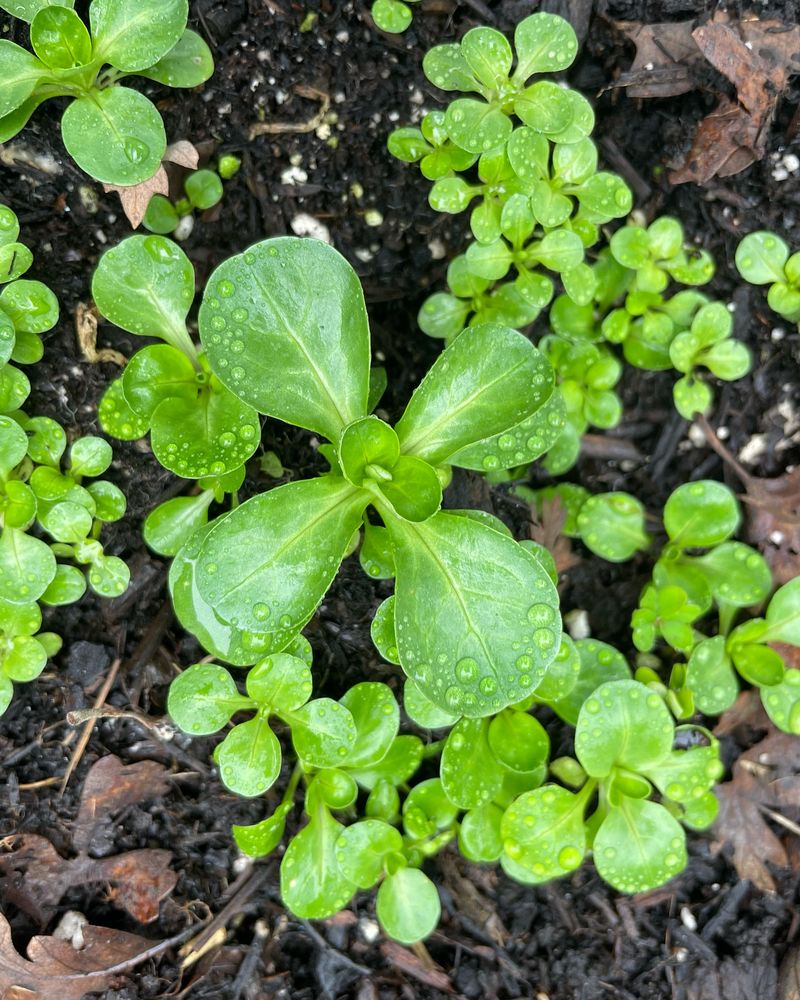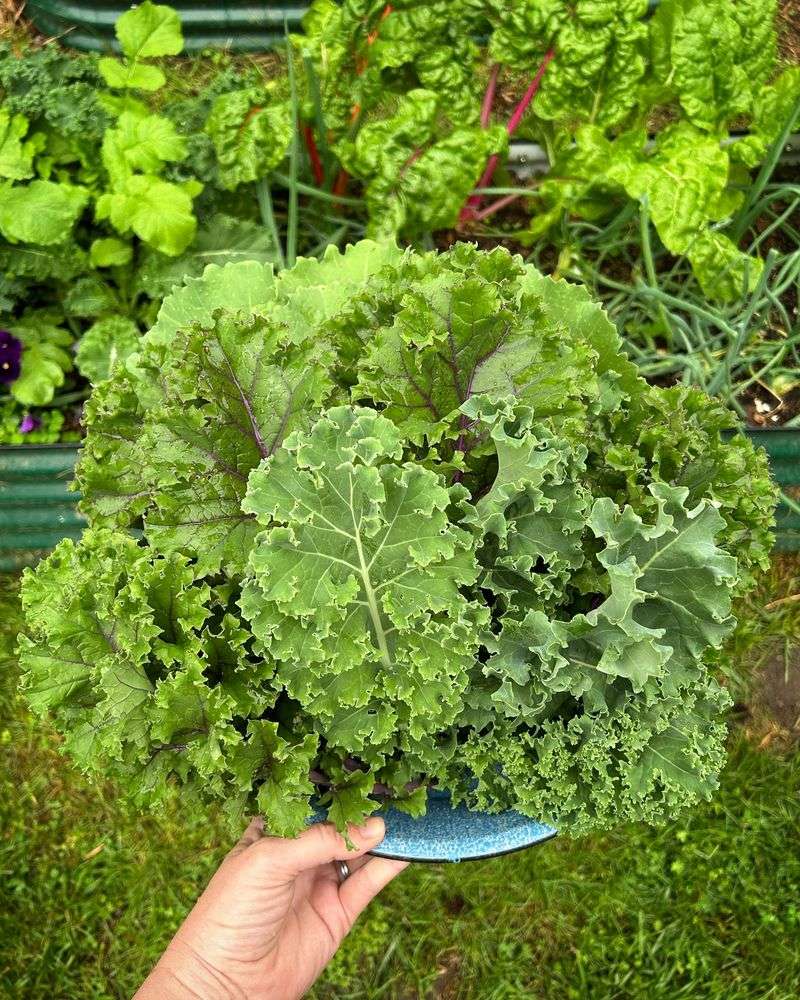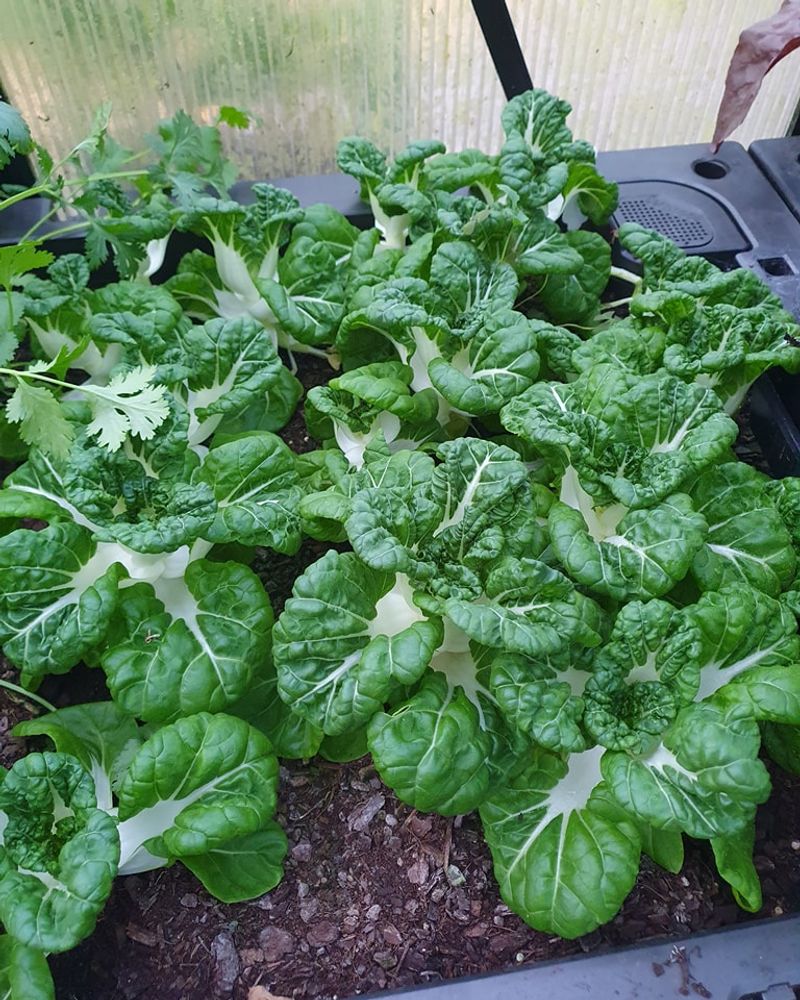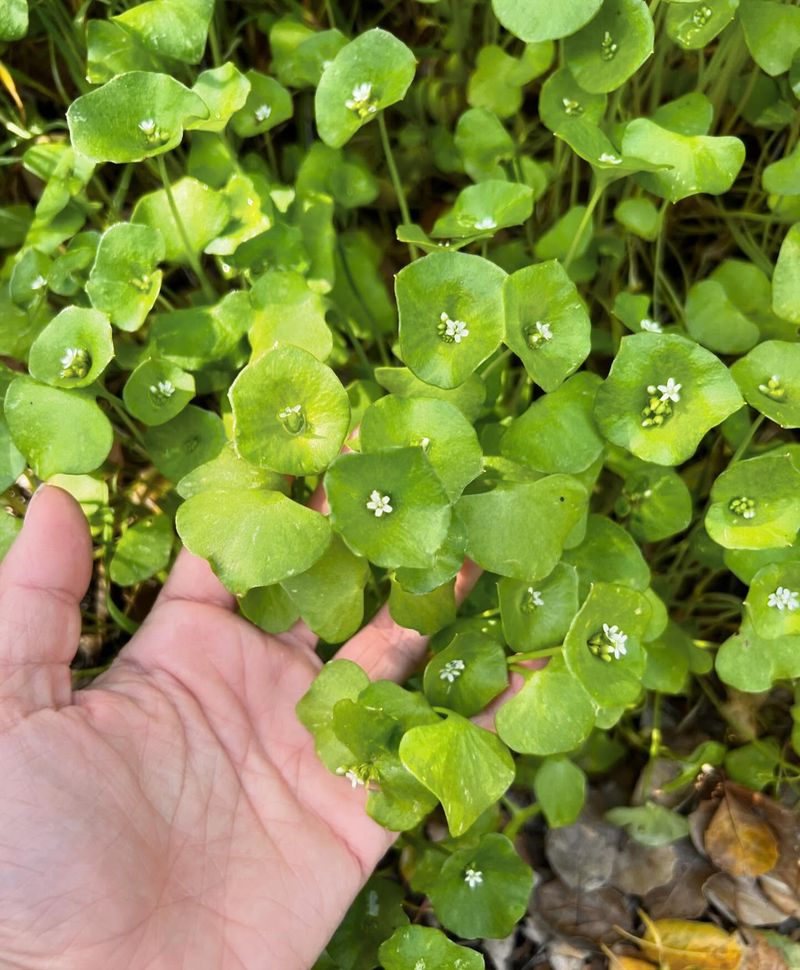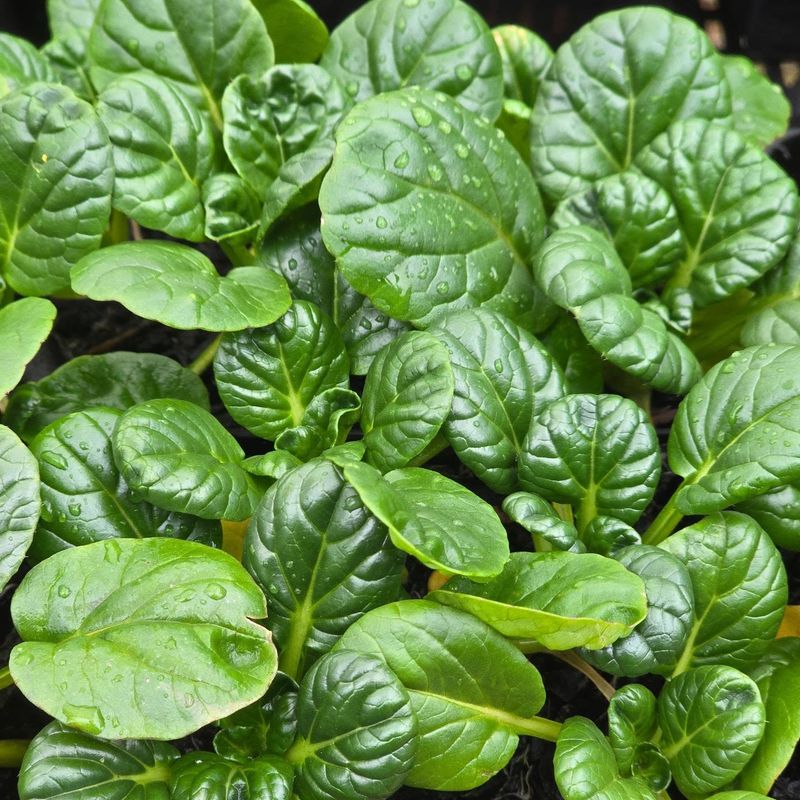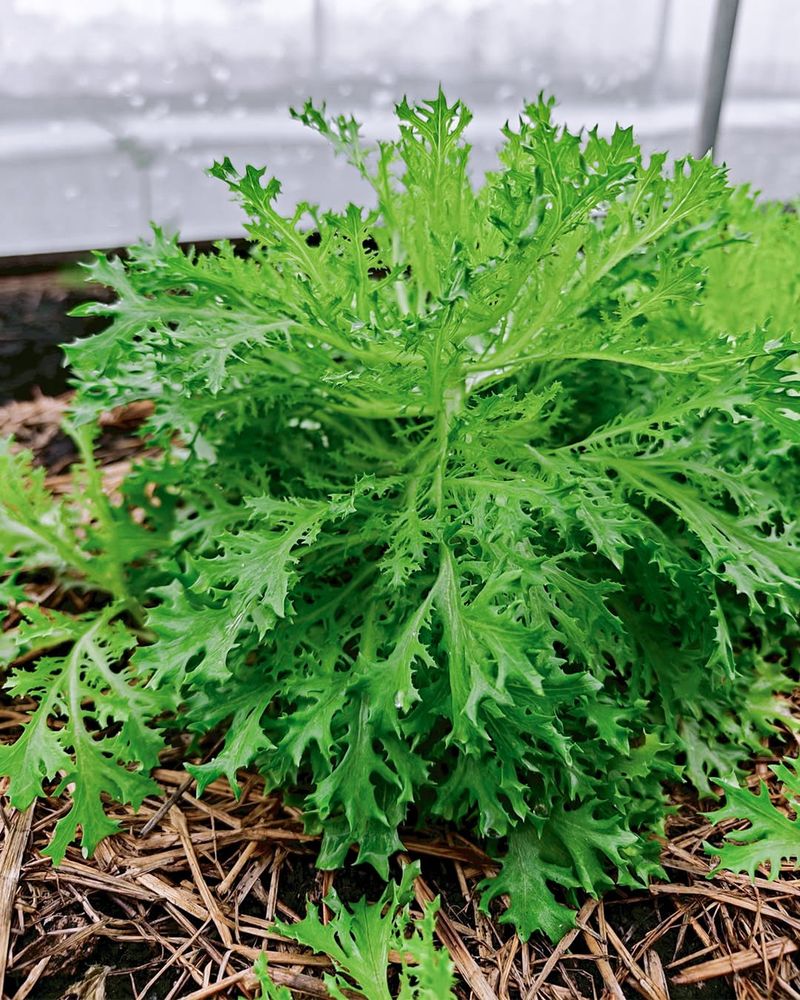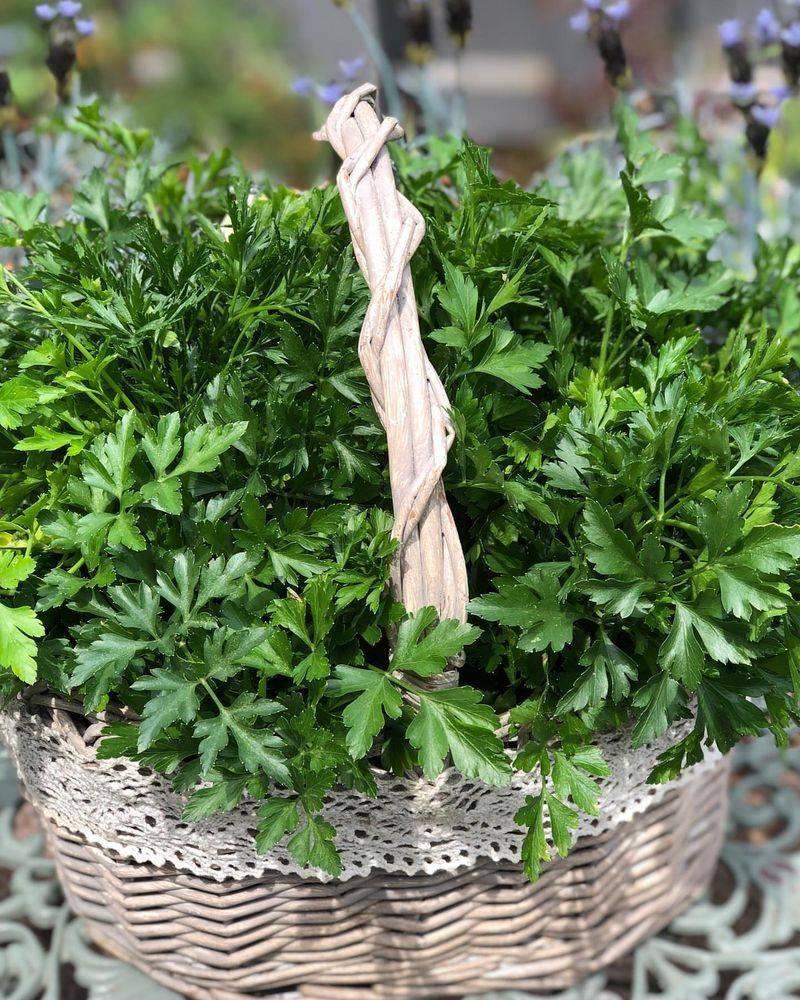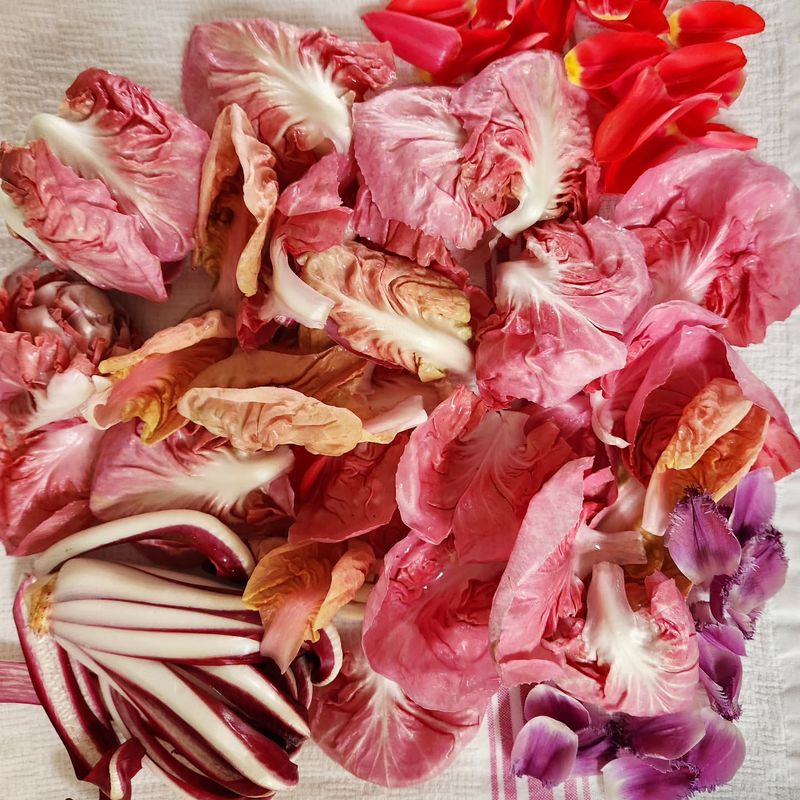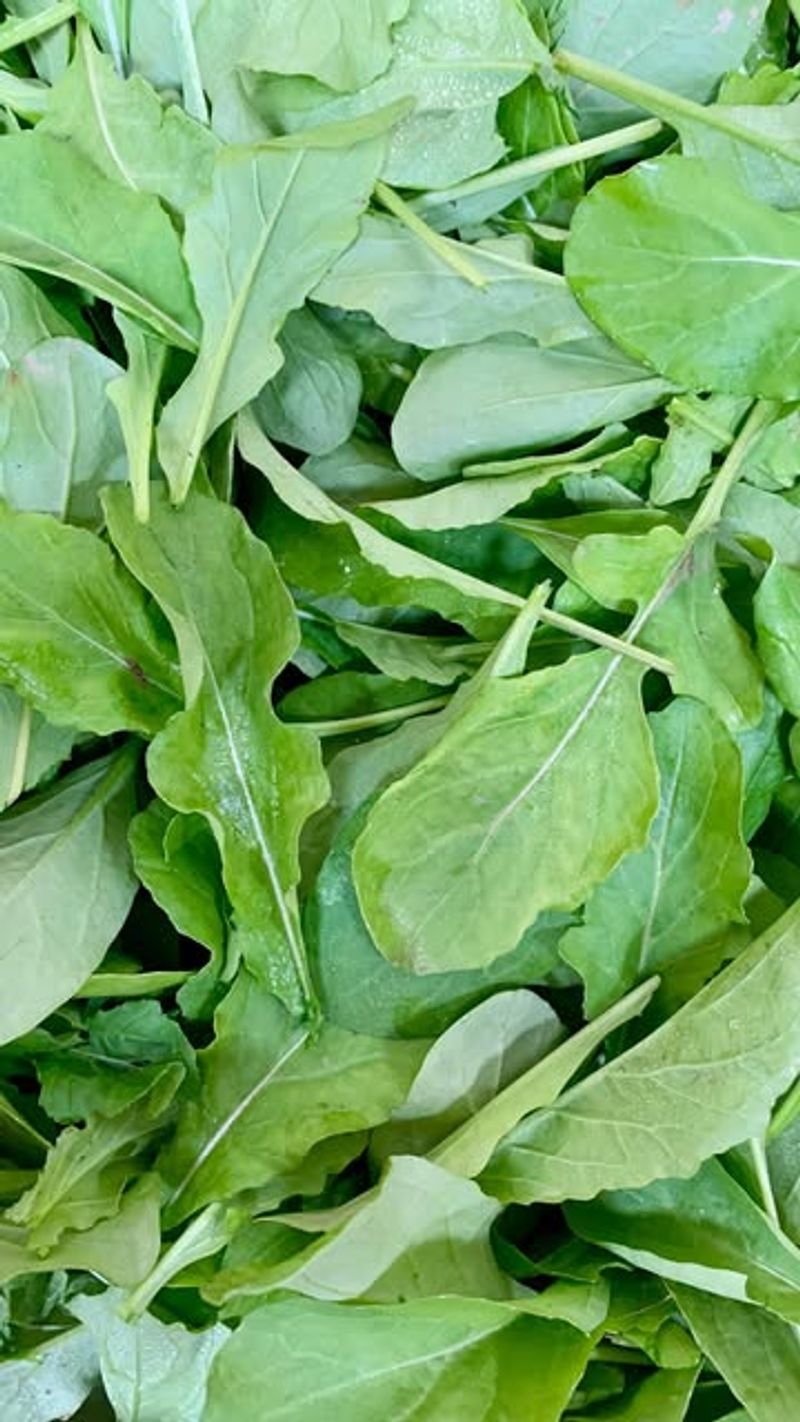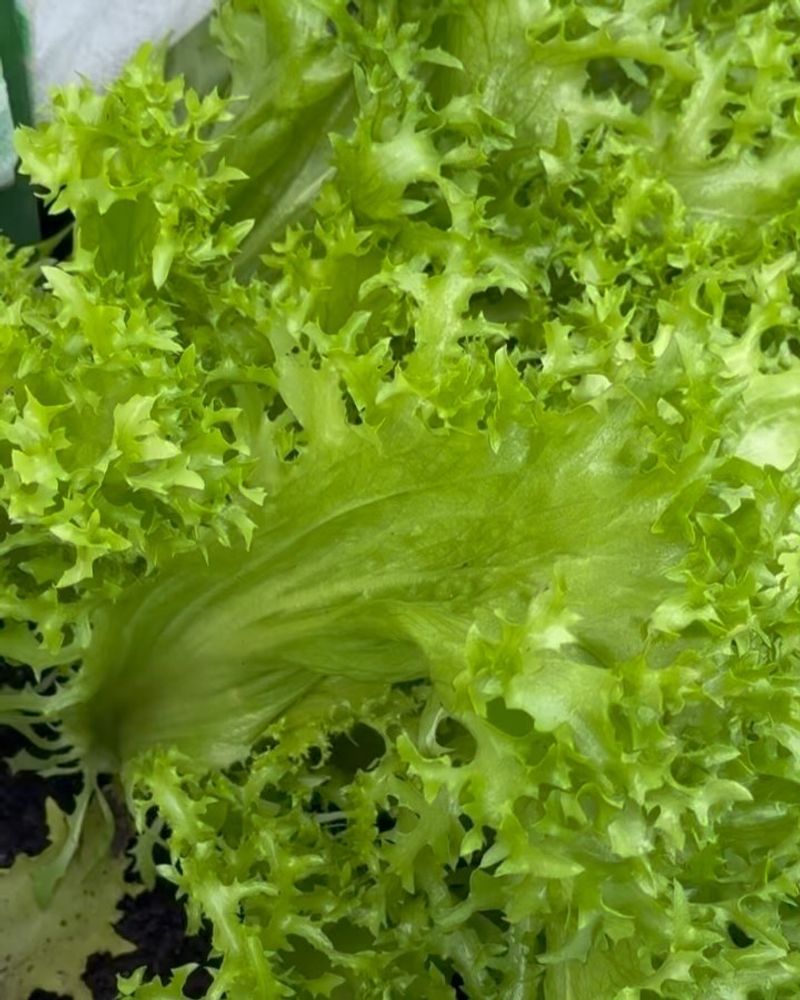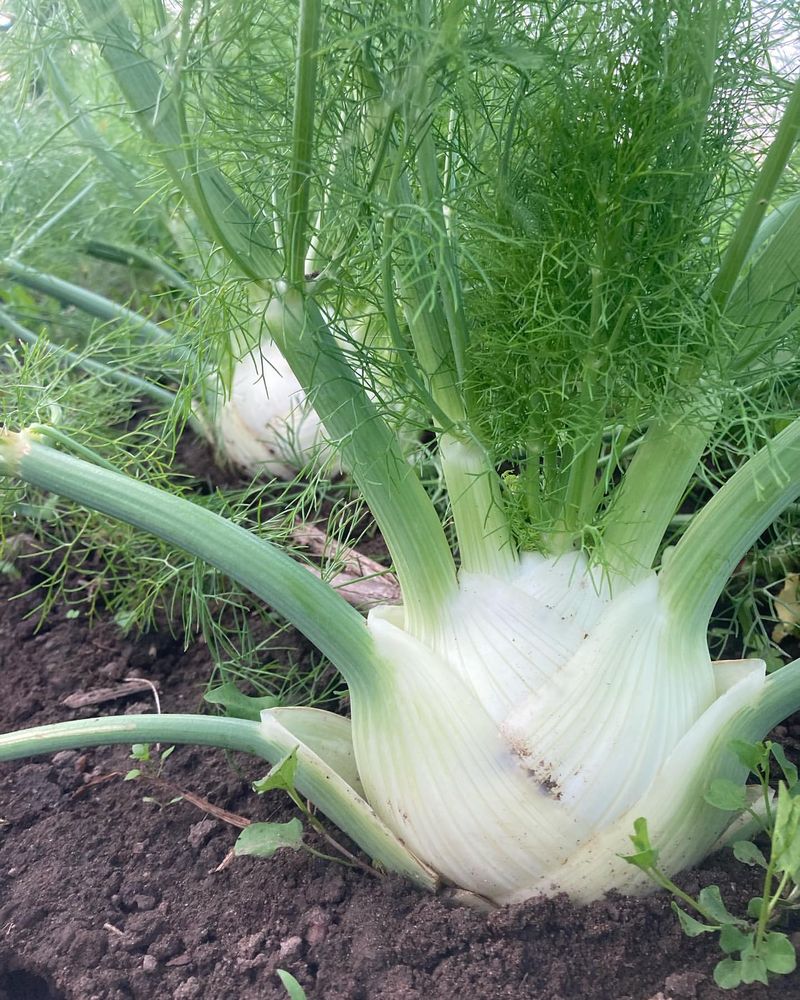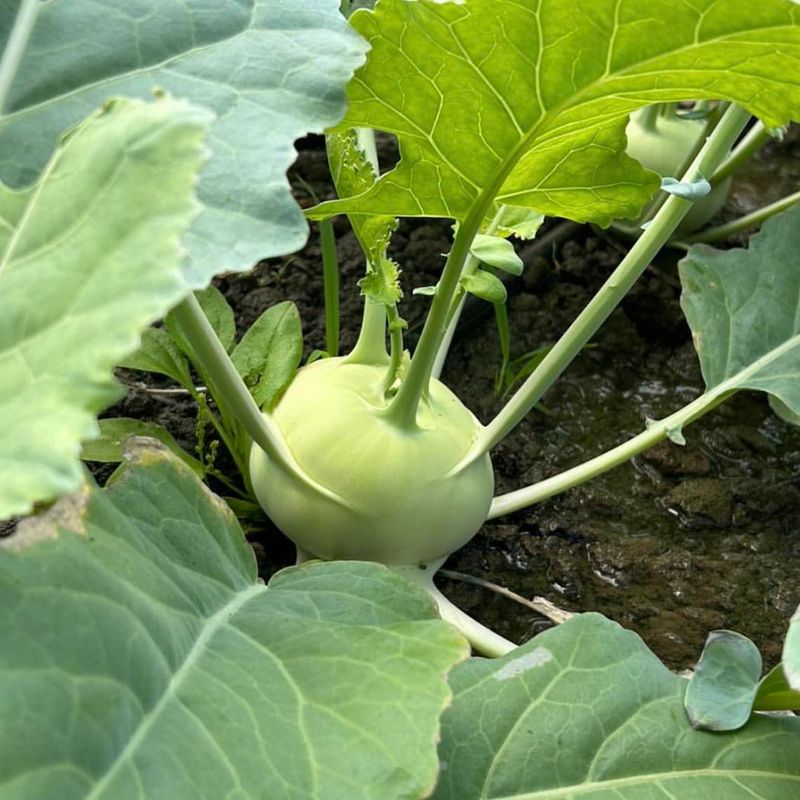Think fall planting’s over? Not even close. Your Ohio garden still has time for a fresh round of veggies—especially the ones most gardeners forget. These underrated crops love cooler temps, don’t mind shorter days, and give you a delicious reason to keep digging.
Skip the empty beds and squeeze more out of the season with these fall favorites that deserve a spot in your soil.
1. Speedy Spinach
Ready to harvest in just 40 days, fall spinach often tastes sweeter than spring-planted varieties. The cooler temperatures prevent it from bolting and developing that bitter taste.
Plant spinach seeds now in well-drained soil with plenty of compost. For continuous harvests, sow seeds every two weeks. The leaves become especially tender after light frosts, when plants convert starches to sugars as a natural antifreeze.
2. Radiant Radishes
From seed to harvest in just 25 days, radishes reward impatient gardeners with quick results. These peppery root vegetables come in surprising colors beyond the classic red—try white, purple, or even watermelon varieties!
Sow radish seeds directly into garden soil about ½ inch deep. Thin seedlings to about 2 inches apart once they emerge. Regular watering prevents the roots from becoming woody or splitting, keeping them crisp and delicious.
3. Mighty Mâche
Known as corn salad or lamb’s lettuce, mâche creates rosettes of tender, nutty-flavored leaves that laugh in the face of frost. European gardeners have treasured this cold-hardy green for centuries, yet it remains relatively unknown in Ohio gardens.
Broadcast mâche seeds over prepared soil and barely cover them. The plant thrives when temperatures drop below 50°F. Unlike many greens, mâche maintains its mild flavor and never turns bitter, even through freezing temperatures.
4. Kale Comeback
Already have kale growing from summer? Give those plants a second life! Fall’s cooler temperatures transform summer-stressed kale into sweeter, more tender leaves as the plants produce sugar in response to cold.
Cut back leggy kale plants to about 6 inches tall and watch them regenerate. For new plantings, choose fast-growing varieties like ‘Red Russian’ or ‘Dwarf Blue Curled’. Harvest outer leaves first, allowing the plant center to continue producing through light frosts.
5. Petite Pak Choi
Baby bok choy varieties mature in just 30-40 days, making them perfect for fall planting in Ohio. Their crisp white stems and tender green leaves add both texture and flavor to stir-fries and soups.
Plant seeds ¼ inch deep in rich soil, thinning seedlings to 6 inches apart. Look for dwarf varieties like ‘Green Fortune’ or ‘Shanghai Green’. These compact plants resist bolting in unpredictable fall weather and can handle light frosts with proper protection.
6. Versatile Claytonia
Sometimes called miner’s lettuce, claytonia produces small, succulent leaves with a mild flavor similar to spring lettuce. Native Americans gathered this plant for centuries, appreciating its exceptional cold hardiness.
Sow seeds directly in the garden and keep soil consistently moist until germination. Claytonia can survive temperatures down to 15°F, continuing to produce tender greens long after other plants have surrendered to winter. Its pretty white flowers are edible too, making it both ornamental and practical.
7. Aromatic Cilantro
Summer-grown cilantro bolts quickly, but fall-planted cilantro stays leafy much longer. The cooler temperatures slow its natural tendency to produce flowers and seeds, extending your harvest of fresh leaves.
Sow seeds every two weeks for continuous harvests. Choose a spot with morning sun and afternoon shade. Unlike many herbs, cilantro actually prefers cooler weather around 50-70°F. With a simple row cover, Ohio gardeners can often harvest fresh cilantro well into December.
8. Tenacious Tatsoi
With spoon-shaped dark green leaves arranged in beautiful rosettes, tatsoi is both ornamental and delicious. This Asian green belongs to the mustard family but offers a milder flavor than its spicier cousins.
Direct-sow seeds ¼ inch deep, thinning seedlings to 6-8 inches apart. Tatsoi can withstand temperatures down to 15°F, often surviving under snow cover. The leaves become sweeter after frost, making late-season harvests especially prized for salads and gentle stir-fries.
9. Mizuna Magic
Feathery-leaved mizuna adds visual drama and mild mustard flavor to fall gardens. Japanese farmers have grown this cold-hardy green for centuries, appreciating its ability to produce through frosts and light snow.
Plant seeds ¼ inch deep and thin seedlings to 6 inches apart. Mizuna grows quickly, often ready for first harvest in just 21 days. The deeply cut leaves make beautiful garnishes and add texture to salads. With minimal protection, Ohio gardeners can harvest mizuna straight through November.
10. Persistent Parsley
Fall-planted parsley often survives Ohio winters to regrow in spring. This biennial herb establishes strong roots before winter, then produces abundant leaves the following year.
Soak seeds overnight before planting to speed germination. Choose flat-leaf varieties for better cold tolerance than curly types. Mulch heavily after the ground freezes to protect plants. In protected spots, parsley often remains harvestable during winter thaws, providing fresh flavor when other herbs are dormant.
11. Ravishing Radicchio
The jewel-toned heads of radicchio bring color to fall gardens when most plants have faded. This Italian chicory develops its characteristic burgundy color and slightly bitter flavor in response to cool temperatures.
Start seeds indoors and transplant when seedlings have several true leaves. Space plants 8-10 inches apart in rich, well-drained soil. Radicchio can withstand light frosts, which actually improve flavor by reducing bitterness. Harvest when heads feel firm and have developed good color.
12. Arugula Abundance
Fall-grown arugula develops a more complex, nutty flavor without the excessive pepperiness that summer heat can cause. Quick to mature, you’ll be harvesting tender leaves in just 21 days.
Broadcast seeds thinly over prepared soil and barely cover. For baby greens, sow seeds more densely and harvest when leaves are 2-3 inches tall. Mature plants can withstand light frosts, which actually enhance their flavor. Succession plant every two weeks until early October for continuous harvests.
13. Enduring Endive
Broad-leaved endive develops beautifully in fall’s cooler temperatures, forming loose heads of slightly bitter greens perfect for hearty salads. European gardeners have grown this versatile vegetable for centuries as a winter staple.
Sow seeds ¼ inch deep and thin seedlings to 10 inches apart. For milder flavor, blanch inner leaves by gathering outer leaves and securing with a rubber band 1-2 weeks before harvest. Fall-planted endive often remains harvestable into December with minimal protection.
14. Fast-Growing Fennel
Fall’s cool weather prevents fennel from bolting prematurely, resulting in larger, sweeter bulbs. The feathery foliage also provides habitat for beneficial insects that help control garden pests.
Choose bulbing varieties like ‘Florence’ or ‘Orion’ for fall planting. Sow seeds directly in the garden ¼ inch deep. Thin seedlings to 12 inches apart to allow bulbs to develop properly. Fennel can tolerate light frosts, though severe freezes will damage the bulbs.
15. Cold-Loving Kohlrabi
Looking like vegetables from another planet, kohlrabi’s swollen stems provide crisp, sweet flesh similar to broccoli stems but milder. Quick-maturing varieties are ready in just 45 days from seed.
Plant seeds ½ inch deep or set out transplants 6 inches apart. Keep soil consistently moist to prevent woodiness. Choose smaller varieties like ‘Early White Vienna’ or ‘Kolibri’ (purple) for fall planting. Harvest when bulbs reach tennis ball size for best texture and flavor.

